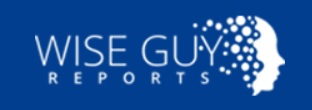Cataract Intraocular Lens (IOL) Market
The cataract intraocular lens (IOL) market has grown significantly in recent years, driven by an aging population, advancements in ophthalmic technology, and a rise in the prevalence of cataracts. Cataracts, a common condition in older adults, cause clouding of the eye’s natural lens, leading to impaired vision. Cataract surgery involves replacing this clouded lens with an artificial intraocular lens (IOL), restoring clear vision. Given the large demand for cataract surgeries globally, the market for IOLs is expanding as healthcare providers aim to offer improved solutions that meet diverse visual and lifestyle needs.
Market Drivers and Trends
The aging global population is a primary driver for the cataract IOL market. As life expectancy increases, more individuals are experiencing age-related conditions like cataracts, driving up demand for corrective surgeries and high-quality IOLs. According to the World Health Organization, cataracts are among the leading causes of blindness globally, affecting millions of people each year. Governments and healthcare organizations worldwide are focusing on improving access to cataract surgery, particularly in developing regions, which is expected to fuel further growth in the market.
Technological advancements in IOLs are also shaping the market. Traditional monofocal lenses, which offer clear vision at one distance (usually far), are being complemented by premium lenses that offer multifocal or extended depth of focus (EDOF) capabilities. These advanced lenses allow patients to see clearly at multiple distances, reducing dependence on glasses after surgery. Additionally, toric lenses, which correct astigmatism, provide tailored solutions for patients with specific refractive needs. As innovation in IOL technology continues, demand for premium, high-performance lenses is expected to rise, particularly in developed countries.
Increasing consumer awareness and expectations are also influencing the market. Patients today are more informed about the various IOL options available, and many prioritize post-surgery independence from glasses. As a result, there is a growing demand for premium lenses that offer better visual outcomes and convenience, despite their higher costs. This shift is leading ophthalmologists and clinics to adopt and promote a wider range of IOLs to cater to individual preferences.
Types of Intraocular Lenses
The IOL market comprises various lens types, each catering to different visual needs:
- Monofocal Lenses: The most commonly used type, these lenses provide clear vision at a single distance (near, intermediate, or far) and are generally the most affordable option.
- Multifocal Lenses: These lenses allow patients to see clearly at multiple distances, offering greater independence from corrective eyewear.
- Extended Depth of Focus (EDOF) Lenses: EDOF lenses provide an elongated focal range, offering a continuous range of vision from near to intermediate distances with fewer visual side effects compared to multifocal lenses.
- Toric Lenses: Designed specifically for patients with astigmatism, toric lenses correct refractive errors, allowing for sharper vision at various distances.
Regional Insights
North America holds a significant share in the cataract IOL market due to its advanced healthcare infrastructure, high adoption rate of premium lenses, and widespread availability of advanced surgical technologies. The United States, in particular, has a well-developed ophthalmic market with a high demand for premium IOLs.
Europe is another prominent market, especially in countries like Germany, France, and the UK, where healthcare awareness is high, and public insurance often covers essential surgeries like cataract procedures. Demand for premium IOLs is growing as patients become more aware of the advanced options available to them.
The Asia-Pacific region is expected to experience the fastest growth, driven by an aging population, rising incidence of cataracts, and improved access to healthcare in emerging economies like China and India. Government initiatives aimed at preventing blindness, such as large-scale cataract surgery camps, are expected to further boost demand for IOLs.
Future Outlook
The cataract IOL market is poised for sustained growth as technological advancements lead to better visual outcomes and more convenient post-surgery experiences. As healthcare infrastructure continues to improve in emerging regions, and as awareness about cataract treatments grows, demand for IOLs is likely to increase. The future of the market will be shaped by continued innovation in lens technology, a rising preference for premium lenses, and efforts to make cataract surgery accessible to a broader population.



